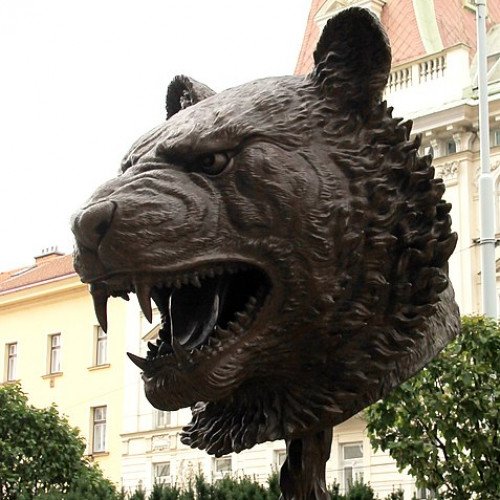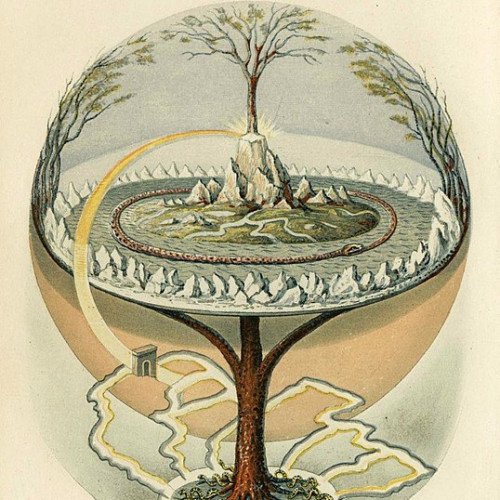White Tiger (mythology) VS World tree

White Tiger (mythology)
The White Tiger (Chinese: 白虎 Báihǔ) is one of the Four Symbols of the Chinese constellations. It is sometimes called the White Tiger of the West (Chinese: 西方白虎; pinyin: Xīfāng Báihǔ), and is known as Baihu in Chinese, Byakko in Japanese, Baekho in Korean, and Bạch Hổ in Vietnamese. It represents the west in terms of direction and the autumn season.
Statistics for this Xoptio

World tree
The world tree is a motif present in several religions and mythologies, particularly Indo-European religions, Siberian religions, and Native American religions. The world tree is represented as a colossal tree which supports the heavens, thereby connecting the heavens, the terrestrial world, and, through its roots, the underworld. It may also be strongly connected to the motif of the tree of life, but it is the source of wisdom of the ages. Specific world trees include égig érő fa in Hungarian mythology, Ağaç Ana in Turkic mythology, Modun in Mongol mythology, Yggdrasil in Norse mythology, Irminsul in Germanic mythology, the oak in Slavic, Finnish and Baltic, Iroko in Yoruba religion, Jianmu in Chinese mythology, and in Hindu mythology the Ashvattha (a Ficus religiosa).